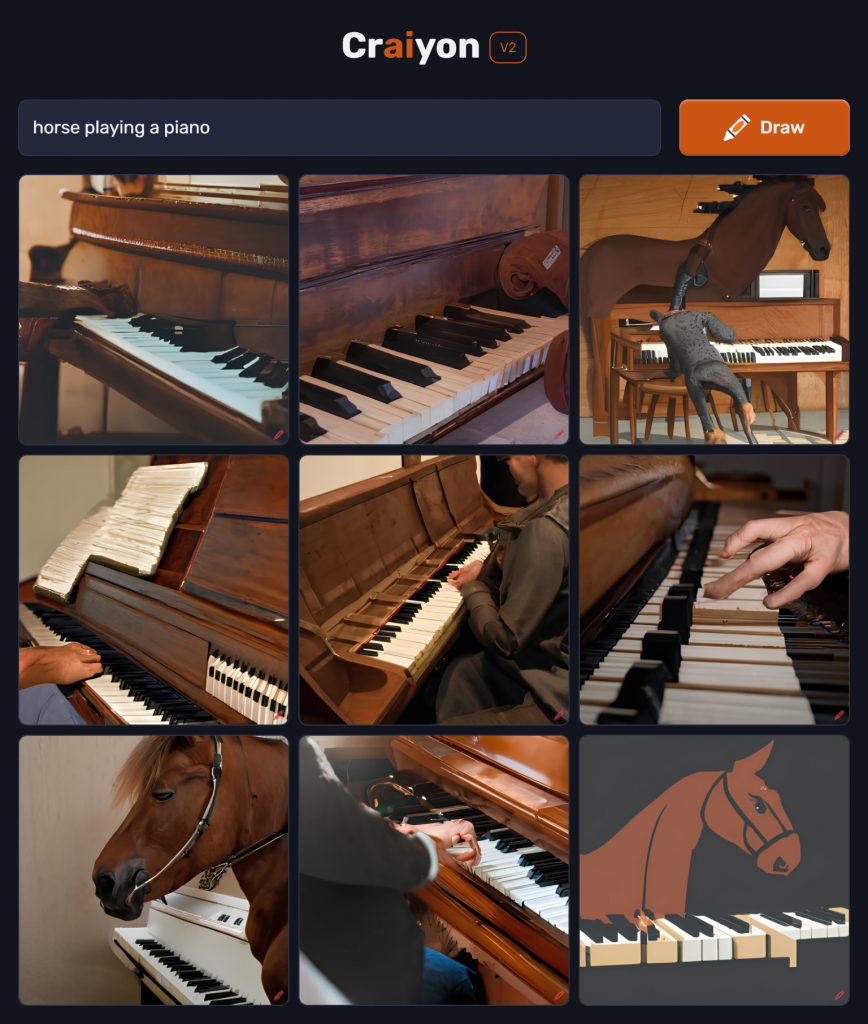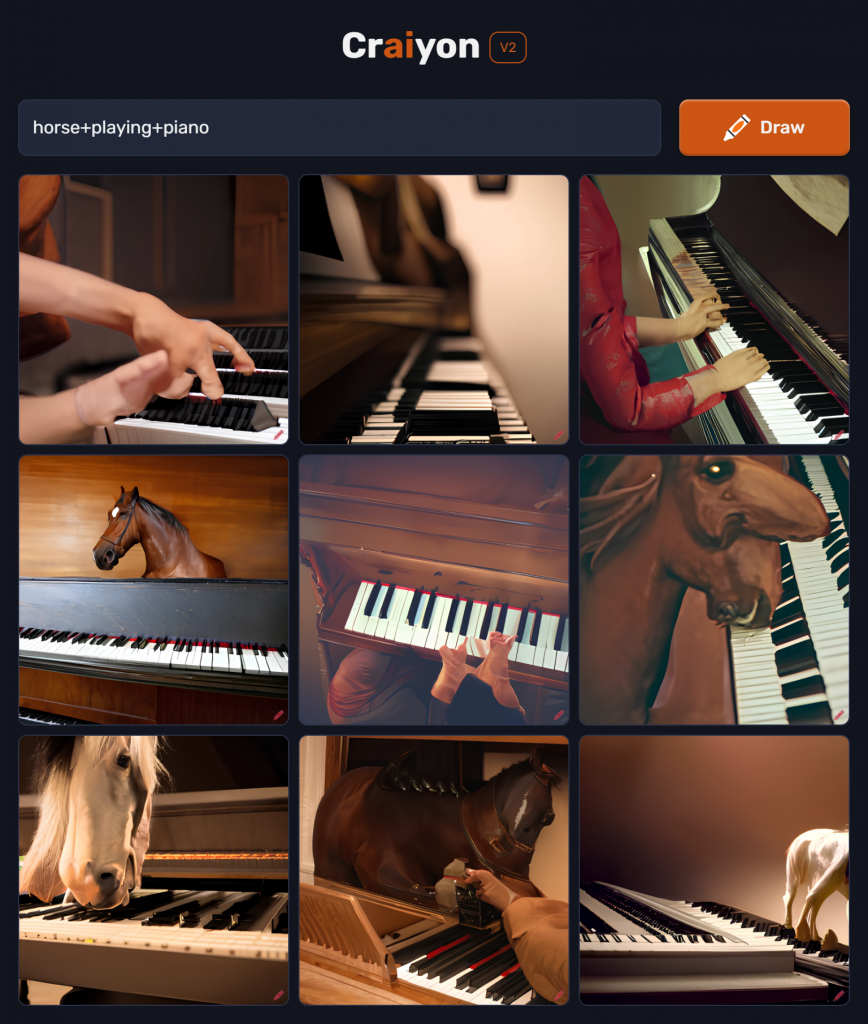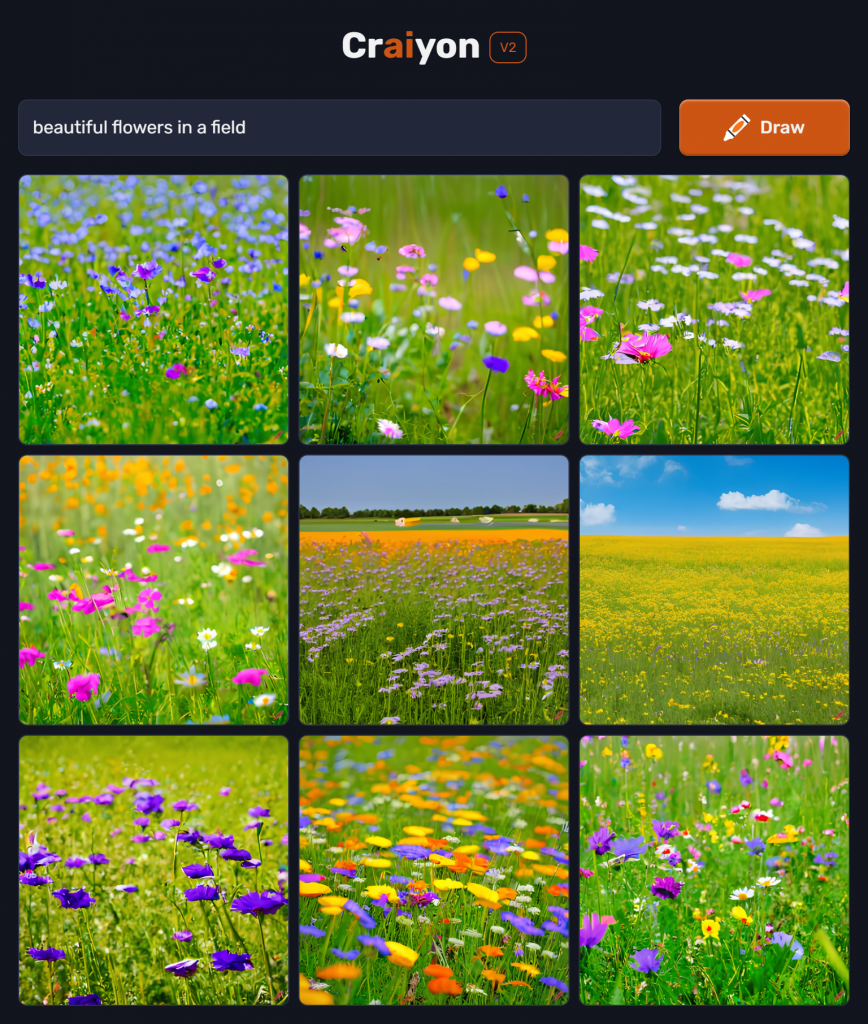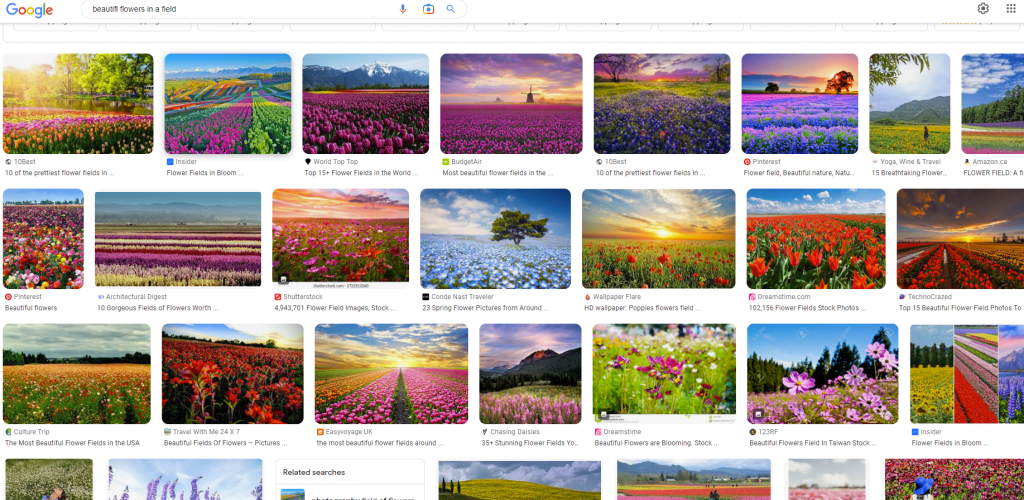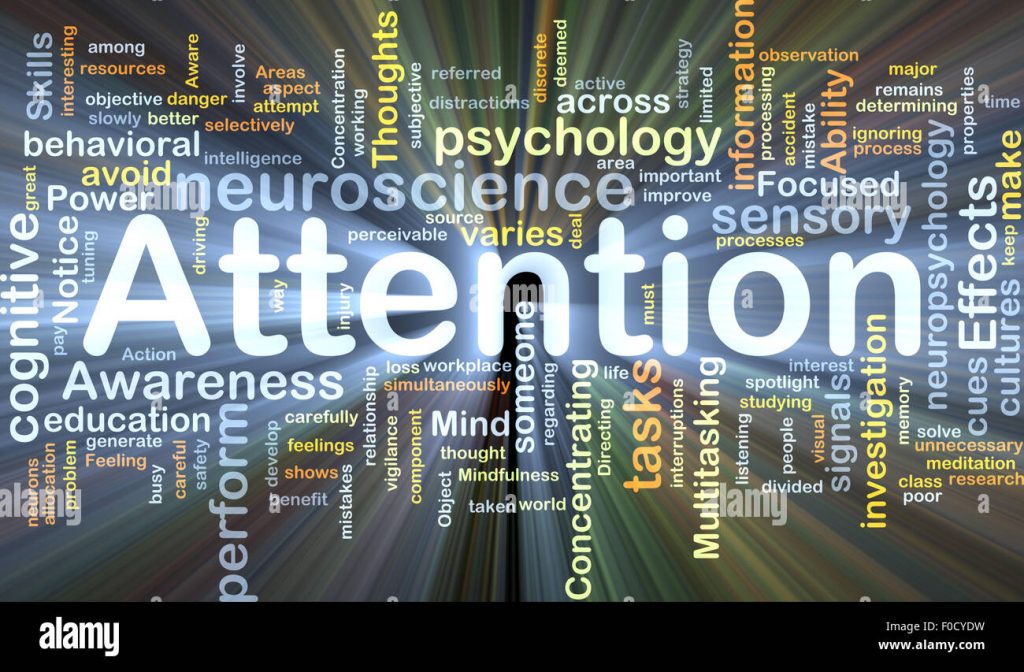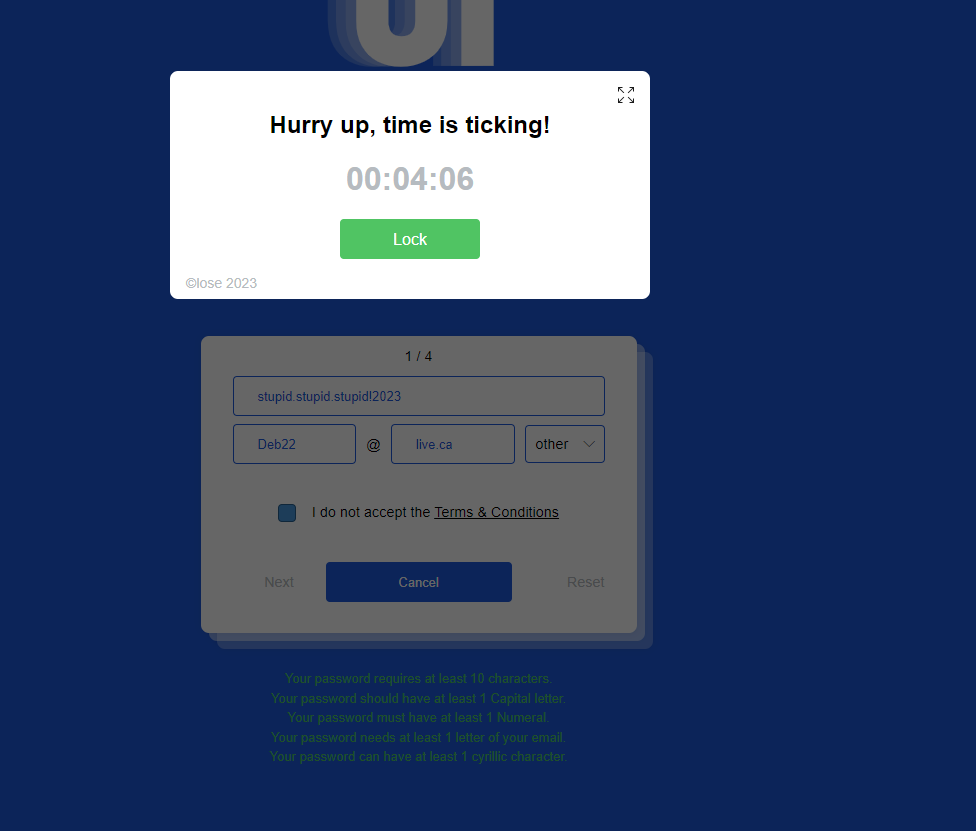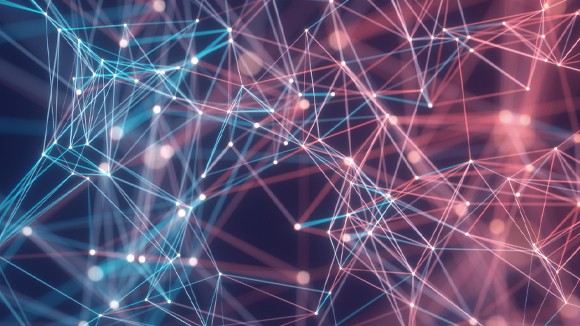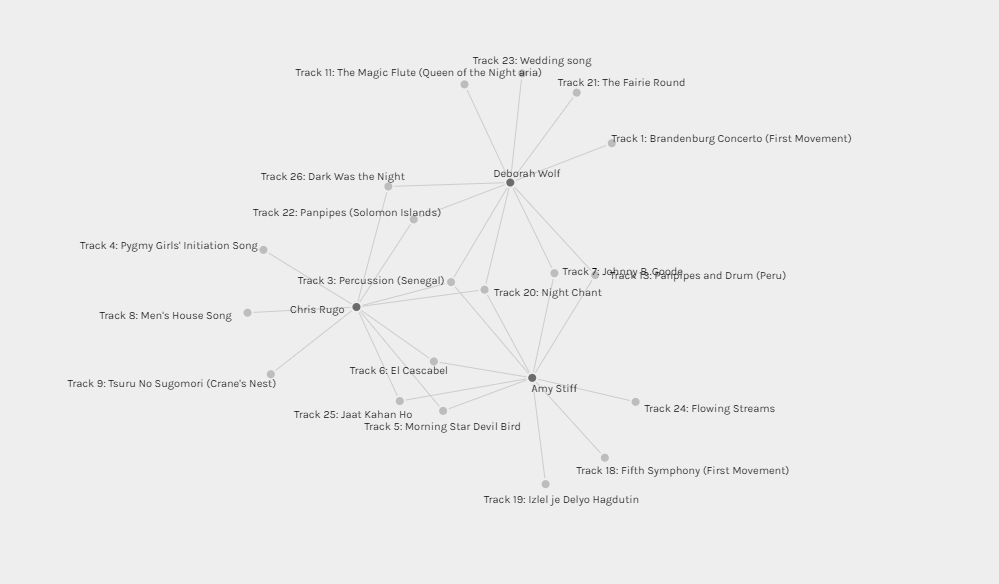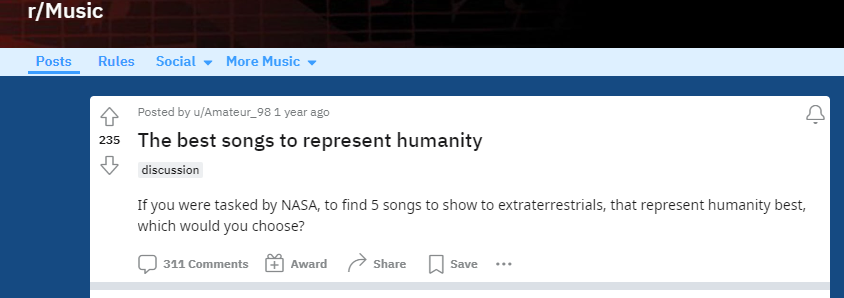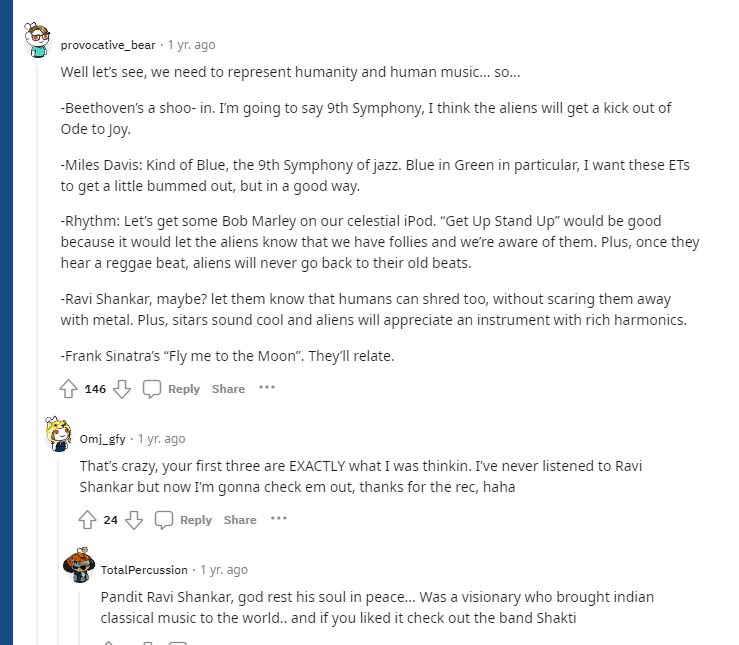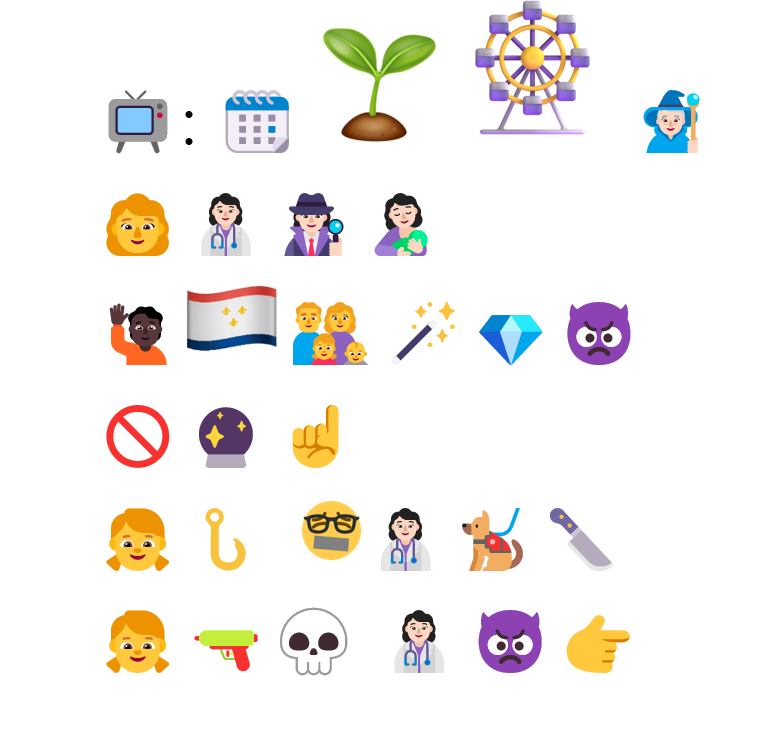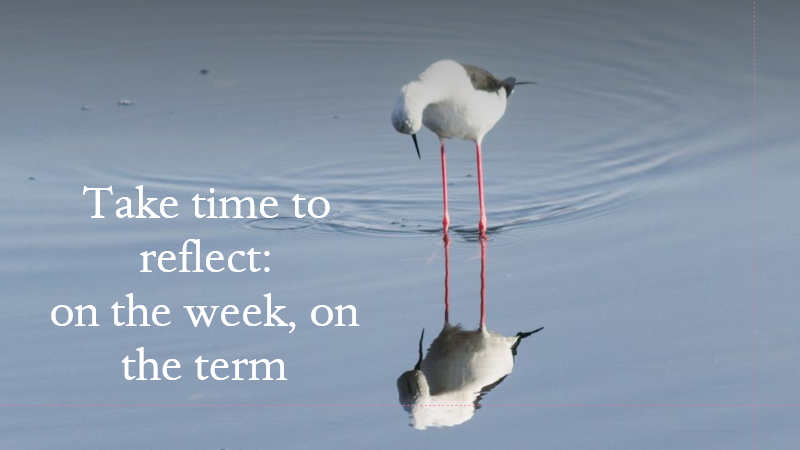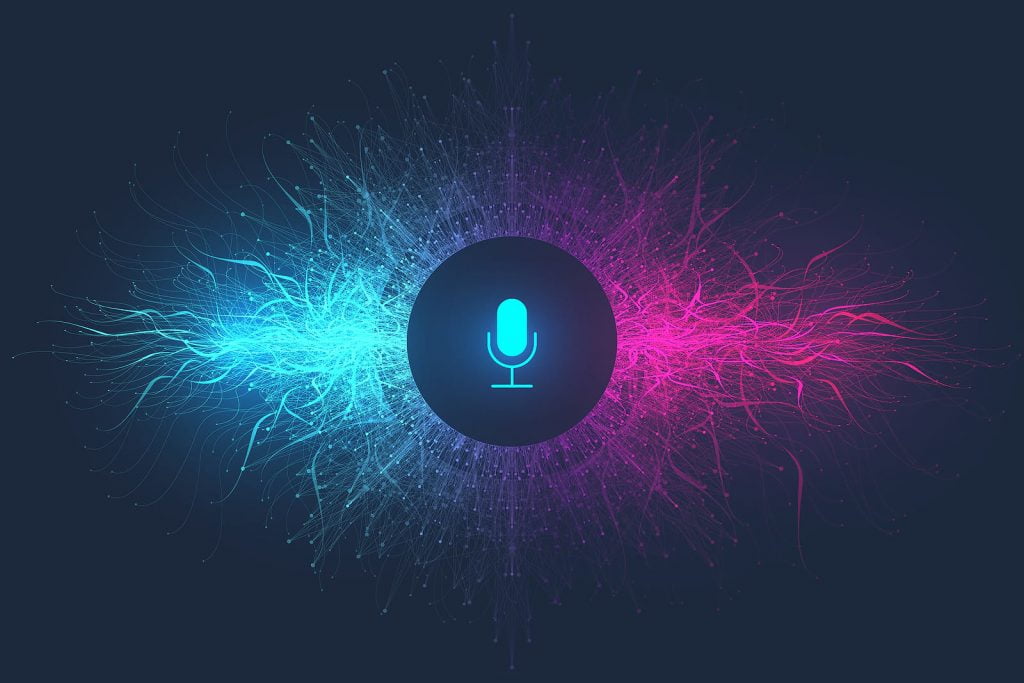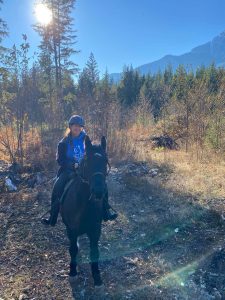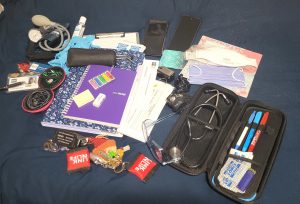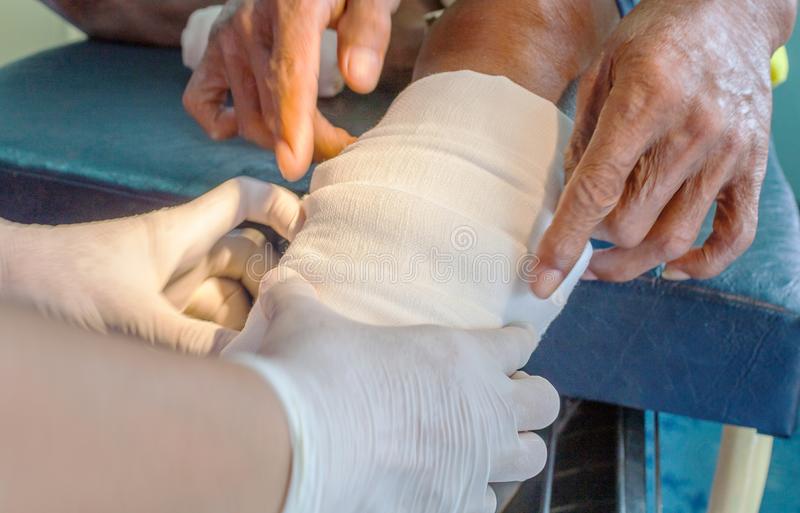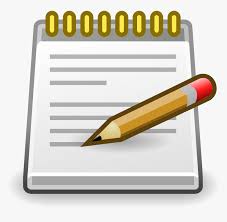“Technology is neither good, nor is it bad, nor is it neutral” – Melvin Cransberg
Episode 60 – Leading Lines: The future of
digital literacies.
The Task
I have to admit, I had a really, really hard time with this task. It requires a level of creativity that I just do not have available to me at this time.
I went through several prompts until I could find one that I thought I could work with.
Describe or narrate a scenario about an artwork found a few years into a future in which order is deliberately coordinated or imposed. Your description should address issues related to the court system and elicit feelings of awkwardness.
The museum was quiet as two men in crisp, tailored suits stood amid the large marble halls. The first man looked around and contemplated the various pieces of art on the walls. His eyes skimmed a blank space and he frowned.
“What is that blank space on the wall?” He turned to his friend in confusion, watching as the other man turned to observe the space with a disinterested hum.
“I think there was a painting there a few years ago.” The man stated in a bored manner as he looked at the obvious blank space on the otherwise packed, but orderly wall. There was even a space where the plaque would have gone, removed from sight, “They haven’t gotten around to replacing it yet. Funds.”
“What? What was wrong with the painting? Was it offensive?” The first man questioned. The second man fixed the lapels of his pristine suit and shrugged half-heartedly.
“I think it was an abstract.” He replied, eyes scanning the space absently. “It was there before the ruling came down from the Supreme Court of Canada about abstract art.”
“What’s wrong with abstract art?”
“It goes against the law of orderliness.” The second man explained, his tone becoming didactic, like a professor in a classroom. “The law states that every piece of art has to contribute to the greater good…a past leader, for example, and has to elicit a feeling of happiness or satisfaction towards the government. An abstract painting, particularly one with disparaging colours like red or blue is against this law. Hence, it was probably taken down. Nothing to be done I suppose. It was against the law”.
The curator approached the pair; a dour looking man with a pair of spectacles around his neck on a loose chain. He came to a stop next to them and stared up at the blank space; almost unseeingly. The two men looked to him in confusion as he began speaking unprompted.
“The painting was about questioning the establishment and thinking critically about what you are seeing. It wasn’t unhappy or seditious at all, and yet when the Supreme Court decides…” The man eyed the two knowingly, before his gaze shot back to the blank space. “…It must be carried through, hm?”
“I mean, we can’t have anything out of place, making us question the order of things and causing confusion for the masses. Especially art.” The curator took on an air of sad thoughtfulness, and said “what is the purpose of art, after all? Is it not there as an expression of thought or emotion?”
“How does one single entity decide on what is art and what is acceptable, after all?” He expressed passionately, gesturing wildly around him at the museum walls with their orderly paintings and statues of Prime Ministers, Heads of State and War Heroes.
The two men looked at each other and then at the gesturing man and decided to quickly take their leave. Being not inclined to debate Supreme Court law with this strange little man who was not part of their rule-bound, orderly world.
References
Bruff, D. (Host). (2019, May 20). Future of digital literacies faculty panel (no. 60). [Audio podcast episode). In Leading Lines. Vanderbilt University.
Lab, S. (n.d.). The Thing From The Future. Situation Lab. https://situationlab.org/project/the-thing-from-the-future/
WION. (2021, June 9). Meet Grace, the healthcare robot COVID-19 created | Celebrity Humanoid Robot Sophia | Robot Nurse [Video]. YouTube. https://www.youtube.com/watch?v=6lcyBTis17g

